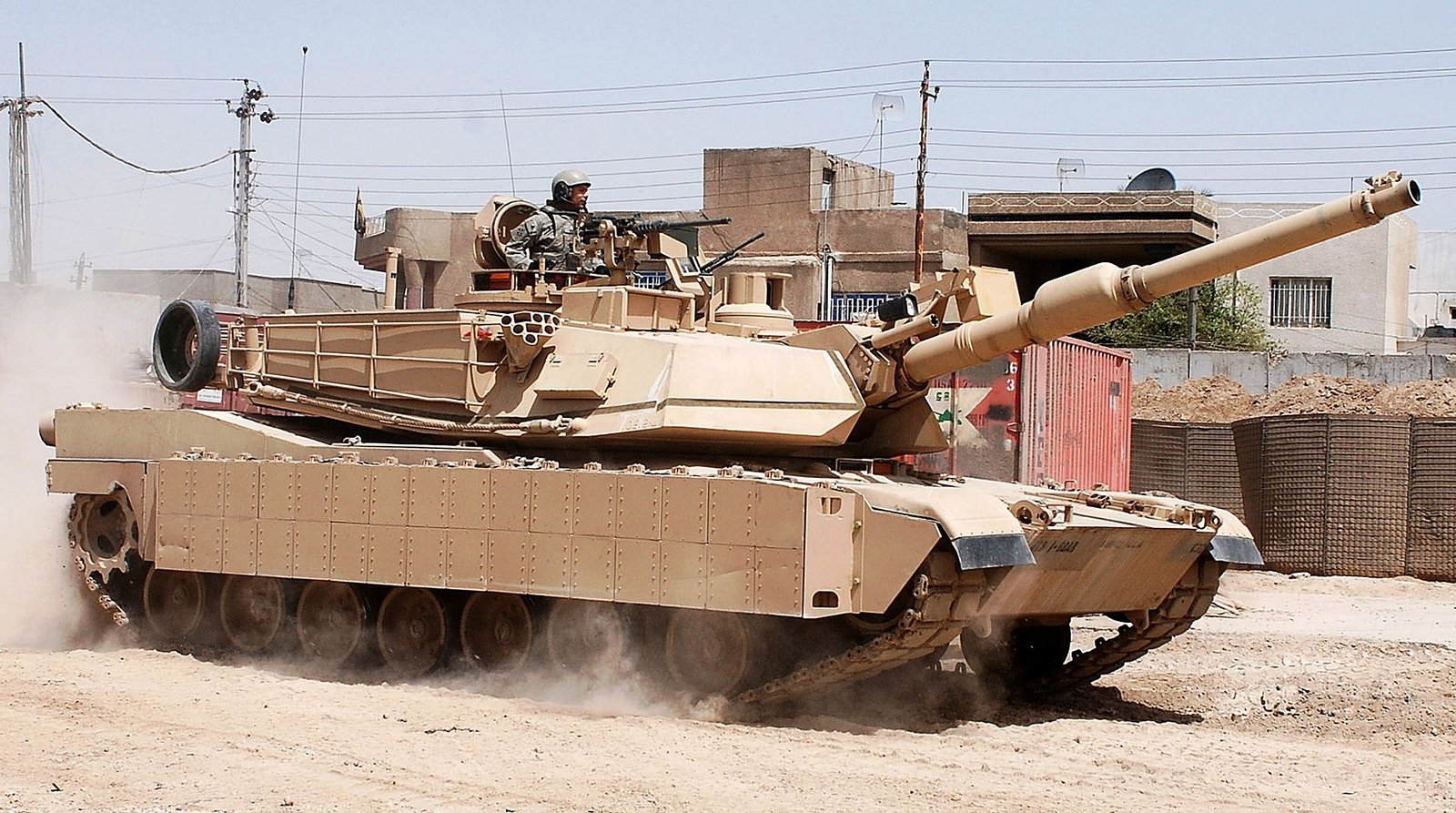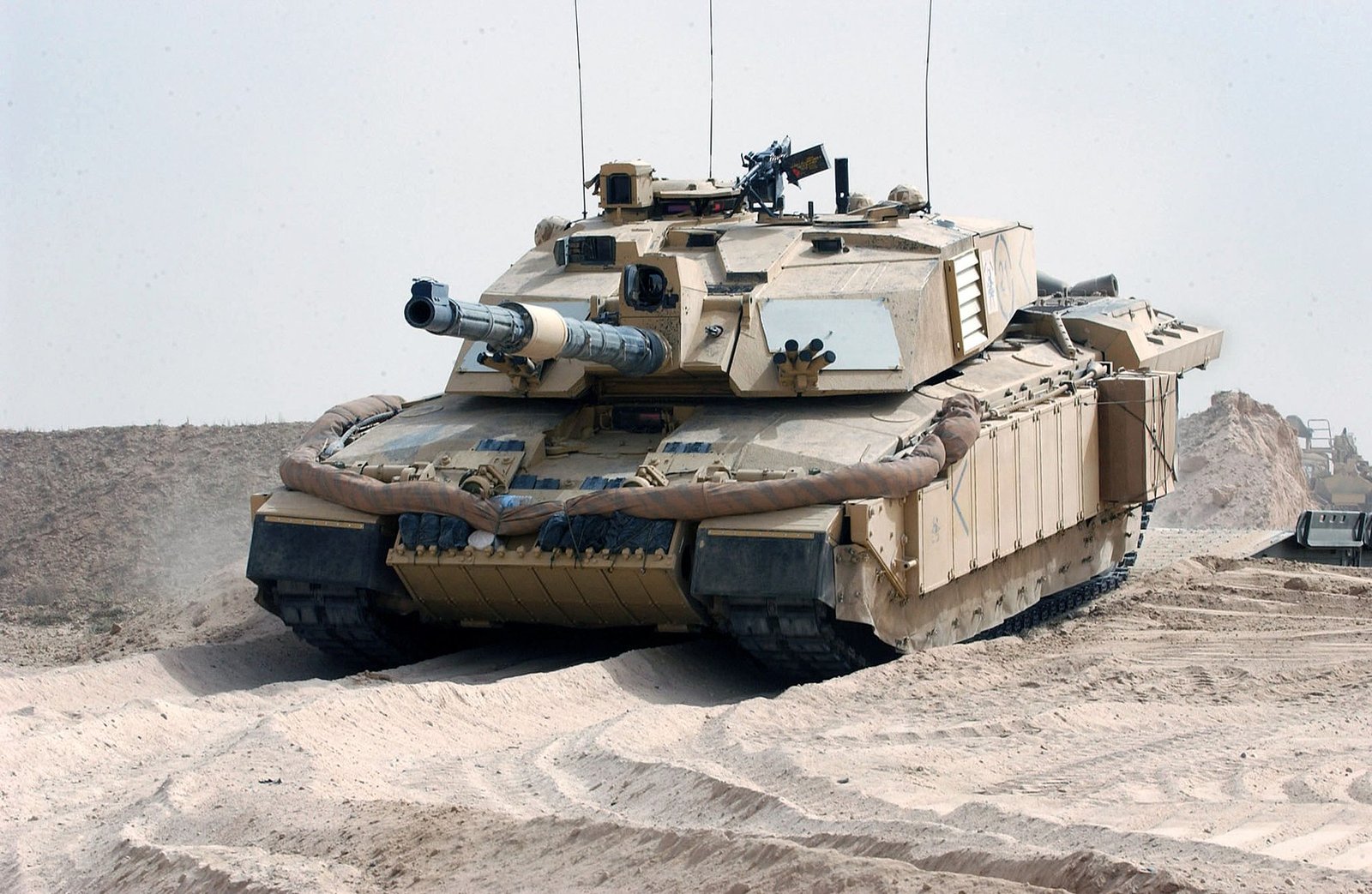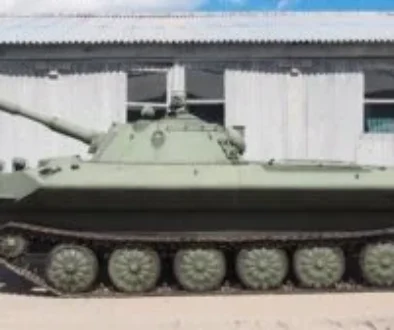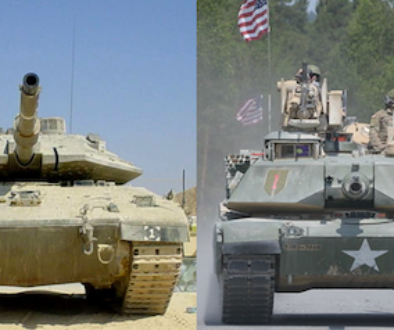The United States and the United Kingdom, as two major players in the realm of armored warfare, have developed distinct tank doctrines shaped by their unique military histories, operational experiences, and strategic priorities. In this article, we delve into the fundamental differences between US and British tank doctrines, examining their respective approaches to armored warfare, organizational structures, and operational concepts.
Historical Context:
Before delving into the specifics of US and British tank doctrines, it’s crucial to understand the historical context that shaped their development. Both nations have rich military histories, with significant contributions to armored warfare dating back to World War I. However, their experiences, technological advancements, and strategic outlooks have led to divergent paths in tank warfare doctrine.
US Tank Doctrine:
US tank doctrine, influenced by its vast industrial capabilities and expansive continental geography, emphasizes combined arms maneuver warfare and decisive offensive operations. Developed during World War II and refined through subsequent conflicts, US tank doctrine revolves around the concept of maneuver warfare, leveraging mobility, firepower, and flexibility to achieve operational objectives.
Key Characteristics of US Tank Doctrine:
Combined Arms Integration: US tank doctrine emphasizes the integration of armored forces with other combat arms, including infantry, artillery, and aviation. This integrated approach allows for synchronized and mutually supporting operations, maximizing the combat effectiveness of combined arms formations.
Offensive Operations: A hallmark of US tank doctrine is its focus on offensive operations, characterized by rapid maneuver, exploitation of enemy vulnerabilities, and exploitation of favorable terrain. US armored forces are trained and equipped to conduct high-tempo offensive operations, seizing and retaining the initiative on the battlefield.
Firepower and Mobility: US tanks prioritize firepower and mobility, with an emphasis on rapid deployment, high-speed maneuver, and overwhelming firepower. This combination of mobility and firepower allows US armored forces to rapidly exploit gaps in enemy defenses, bypassing or defeating enemy strongpoints and achieving operational objectives.
Decentralized Command and Control: US tank doctrine emphasizes decentralized command and control, empowering junior leaders to make decisions and adapt to rapidly evolving battlefield conditions. This decentralized approach fosters initiative, agility, and innovation at the tactical level, enabling US armored units to exploit opportunities and maintain operational tempo.


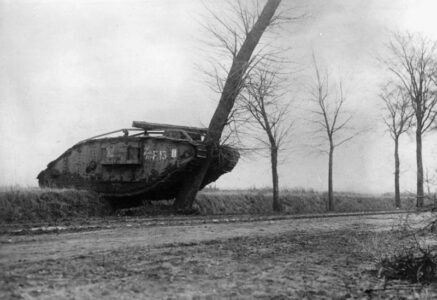

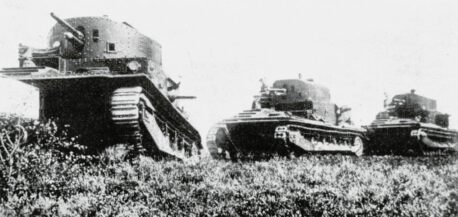
British Tank Doctrine:
British tank doctrine, shaped by the nation’s island geography, limited industrial capacity, and colonial legacy, adopts a more cautious and methodical approach to armored warfare. Developed during World War I and refined over the decades, British tank doctrine prioritizes flexibility, adaptability, and endurance in the face of adversity.
Key Characteristics of British Tank Doctrine:
Flexibility and Adaptability: British tank doctrine emphasizes flexibility and adaptability, with an emphasis on multirole capabilities and the ability to operate in diverse environments and theaters of operation. British tanks are designed to perform a wide range of missions, from armored breakthroughs to infantry support and reconnaissance.
Combined Arms Support: British tank doctrine emphasizes close coordination and integration with other combat arms, particularly infantry and artillery. British tanks are often employed in close conjunction with infantry forces, providing direct fire support, suppressing enemy positions, and facilitating infantry maneuver.
Defensive Operations: Unlike US tank doctrine, which emphasizes offensive operations, British tank doctrine places a greater emphasis on defensive operations and the ability to absorb and repel enemy attacks. British tanks are equipped with heavy armor and defensive systems, allowing them to withstand enemy fire and maintain defensive positions.
Fire and Movement: A key tenet of British tank doctrine is the concept of fire and movement, whereby tanks alternate between firing and maneuvering to maintain suppressive fire on the enemy while advancing or withdrawing. This technique allows British tanks to maintain momentum on the battlefield while minimizing exposure to enemy fire.
Comparison and Contrast:
While both US and British tank doctrines share common principles such as combined arms integration and firepower, they differ in their approach to offensive and defensive operations, command and control, and operational tempo. US tank doctrine emphasizes rapid maneuver, offensive operations, and decentralized command and control, reflecting a proactive and aggressive approach to armored warfare. In contrast, British tank doctrine prioritizes flexibility, adaptability, and defensive operations, reflecting a more cautious and methodical approach to armored warfare.
Operational Implications:
The differences between US and British tank doctrines have significant operational implications, particularly in multinational operations and coalition warfare. Understanding and reconciling these doctrinal differences is crucial for interoperability, coordination, and effectiveness on the battlefield. Joint training, exercises, and doctrinal exchange programs can facilitate mutual understanding and cooperation between US and British armored forces, enhancing their ability to operate together in diverse operational environments.
Conclusion:
In conclusion, the contrasting US and British tank doctrines reflect the unique military histories, operational experiences, and strategic priorities of each nation. While US tank doctrine emphasizes offensive operations, rapid maneuver, and decentralized command and control, British tank doctrine prioritizes flexibility, adaptability, and defensive operations. By understanding the differences between these doctrines, military planners and commanders can tailor their strategies, tactics, and capabilities to meet the challenges of modern armored warfare with confidence and effectiveness.
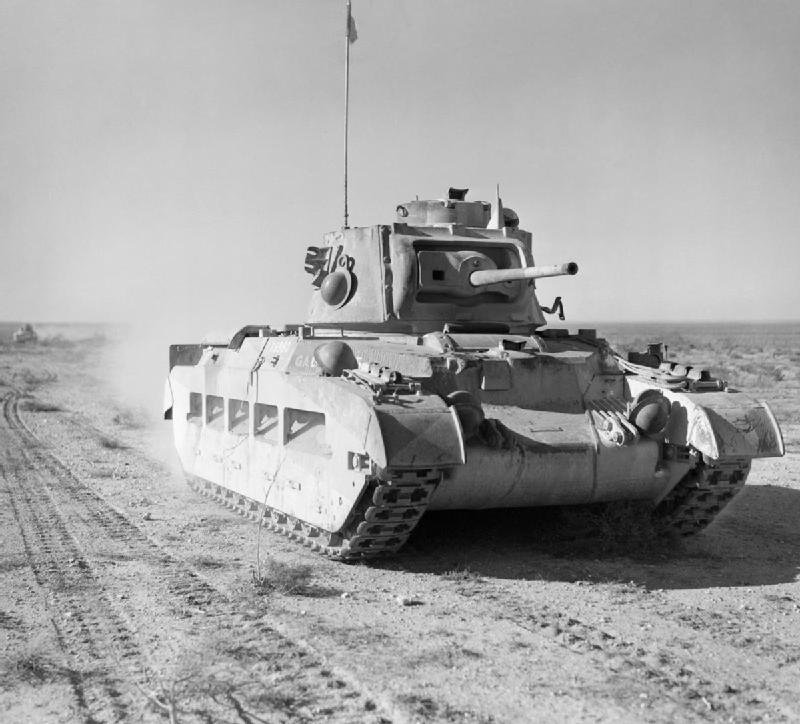

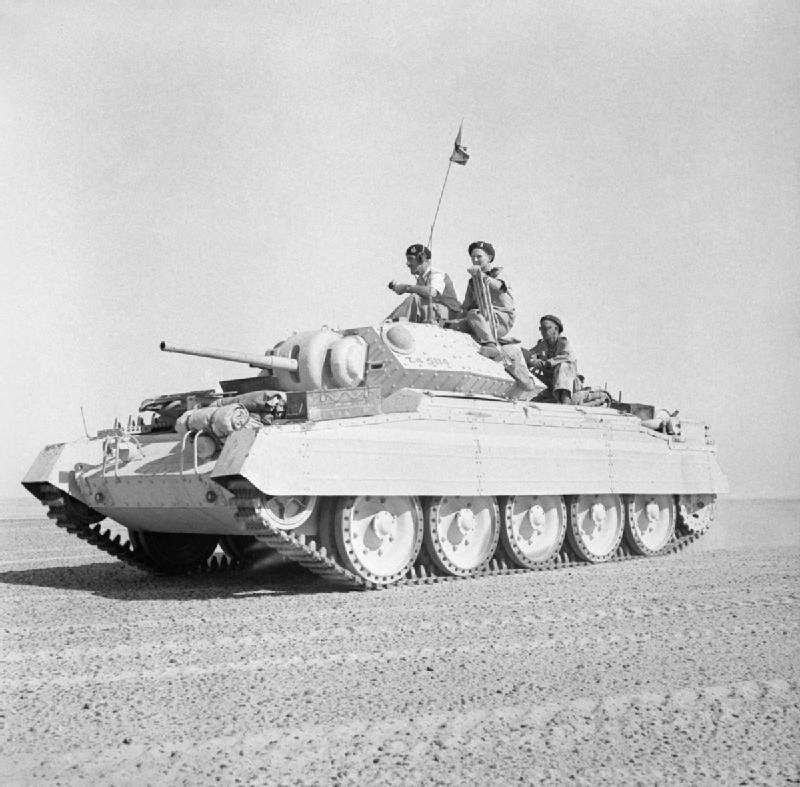
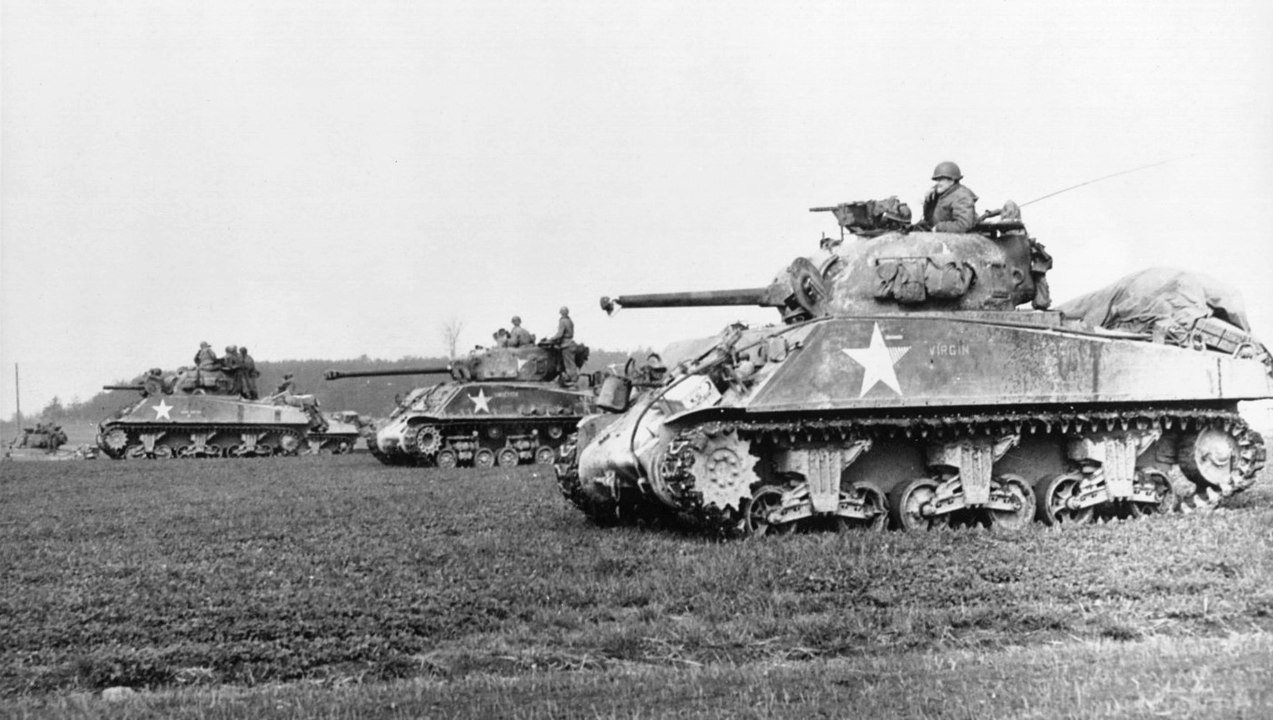
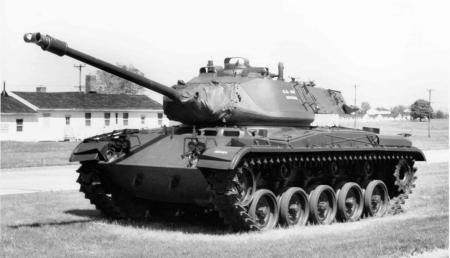
Operational Implications:
The differences between US and British tank doctrines have significant operational implications, particularly in multinational operations and coalition warfare. Understanding and reconciling these doctrinal differences is crucial for interoperability, coordination, and effectiveness on the battlefield. Joint training, exercises, and doctrinal exchange programs can facilitate mutual understanding and cooperation between US and British armored forces, enhancing their ability to operate together in diverse operational environments.
Conclusion:
In conclusion, the contrasting US and British tank doctrines reflect the unique military histories, operational experiences, and strategic priorities of each nation. While US tank doctrine emphasizes offensive operations, rapid manoeuvre, and decentralized command and control, British tank doctrine prioritizes flexibility, adaptability, and defensive operations. By understanding the differences between these doctrines, military planners and commanders can tailor their strategies, tactics, and capabilities to meet the challenges of modern armored warfare with confidence and effectiveness.


